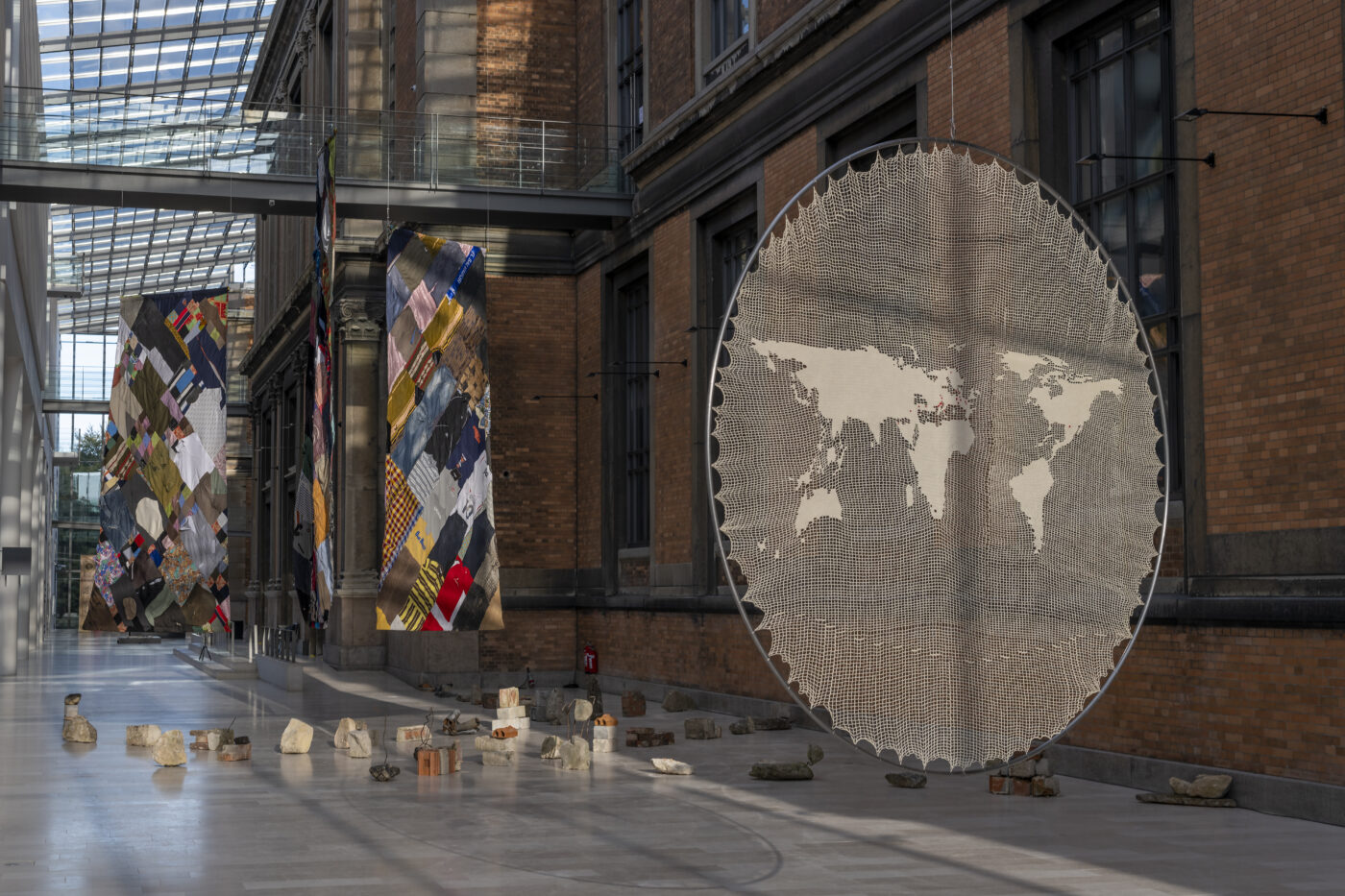War, migration, asylum policies and the feeling of home: in the autumn 2022, seven leading Danish artists from the former Yugoslavia entered SMK with their political and deeply personal works of art.
In 2022, exactly 30 years had passed since Denmark received 20,000 refugees from the wars in the former federate country of Yugoslavia, primarily from Bosnia and Herzegovina. In the 1990s, the wars sent over half a million people into exile, creating what was at the time the most challenging refugee situation in Europe since World War II.
Many of those refugees subsequently chose to stay in Denmark, and today the Danish contemporary art scene includes several prominent artists from the former Yugoslavia. In the exhibition, SMK brought together seven of these leading artists. With a few exceptions, they all came to Denmark as children when their families fled from the war in the Balkans.
The Artists
Alen Aligrudić, Amel Ibrahimović, Ana Pavlović, Ismar Čirkinagić, Nermin Duraković, Suada Demirović, Vladimir Tomić
The artists in the exhibition shared a similar multicultural background, but they worked in vastly different ways. In the museum’s long Sculpture Street, visitors would find a monumental work consisting of six-metre sails sewn out of clothes collected from refugees in fifteen countries ravaged by conflicts.
Also on display were crocheted world maps, photographic postcards from a country that no longer exists, and the video work Flotel Europa, which tells the story of the ship that, back in the 90s, functioned as a refugee centre in the heart of Copenhagen.
PhD Fellow Tijana Mišković, who curated the exhibition, says:
“In a time of exile and involuntary migration, it is important to focus on the connections that can arise between different cultures, histories and geographical areas. Art can create meaningful connections across the gulf created by migration.”
more information visit SMK website

